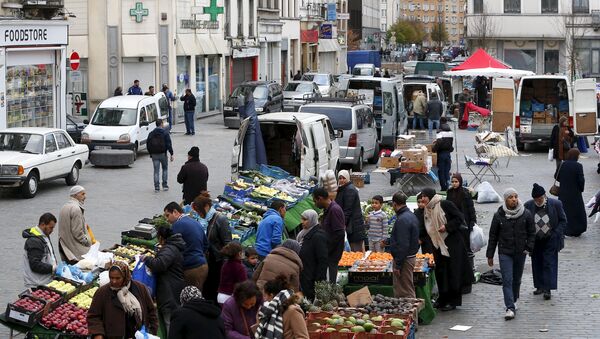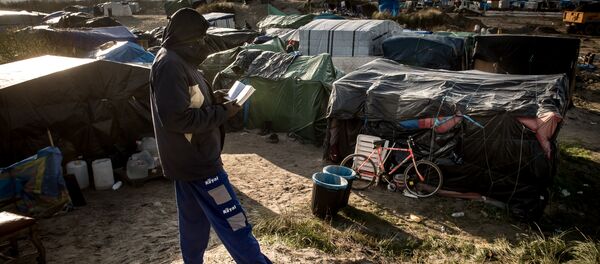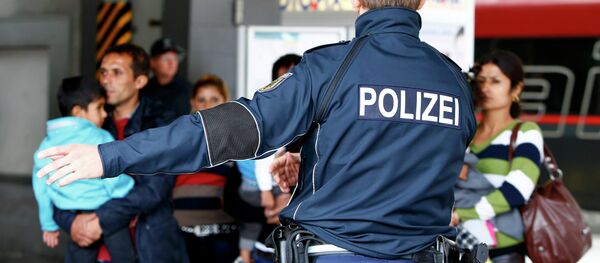Following a series of terrorist attacks in Paris last year and the couple of explosions at the Brussels International airport earlier this week, everyone has come to know about Molenbeek, a notorious, heavily immigrant-populated Brussels municipality from where most terrorists who carried out attacks in both France and Belgium hailed from.
However, the infamous Brussels community isn't the only migrant suburb in Europe which lives in accordance with its own laws and traditions, sometimes resembling a state within a state. RT looked at other ethnic ghettos in Europe's large cities where local police fear to tread.
London
The British capital, London, is one of Europe's leaders in the number of multicultural districts populated by some not so law abiding citizens, RT said. Practically all of London's eastern, some of its southern and northern areas are heavily-populated by migrants. It's a different kind of London, not the one you might read about in a Charles Dickens novel.
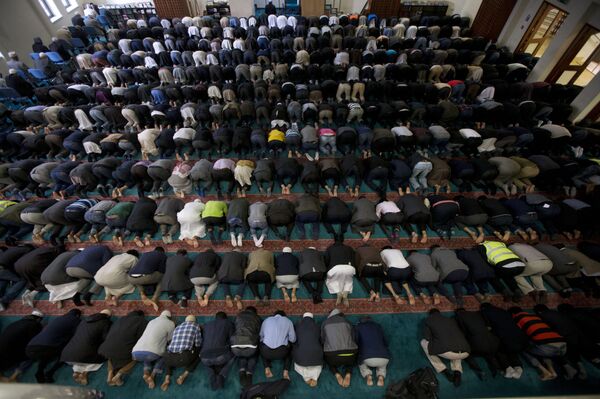
In the modern history of London, Brixton is known as one of the most dangerous districts in the city. The multiethnic borough itself is predominantly populated by people of African and Caribbean descent. Brixton is notorious for high levels of unemployment and poverty. RT recommends avoiding walking in the borough.
Peckham, a southeastern district in London, is another troublesome district of the British capital. The district is regularly mentioned in many of London's crime reports. Peckham is mainly populated by immigrants from African countries and has the largest concentration of illegal immigrants and refugees in London.
The last time the world heard about these new Londoners was in the summer of 2011 when large-scale riots erupted in Tottenham and then quickly spilled over to the other districts of London and even other cities across Britain — Birmingham, Bristol, Gloucester, Liverpool, Manchester and Nottingham.
Paris
Many suburbs around the French capital are populated by immigrants. These districts are predominantly populated by migrants hailing from former French colonies in Africa and the Middle East.
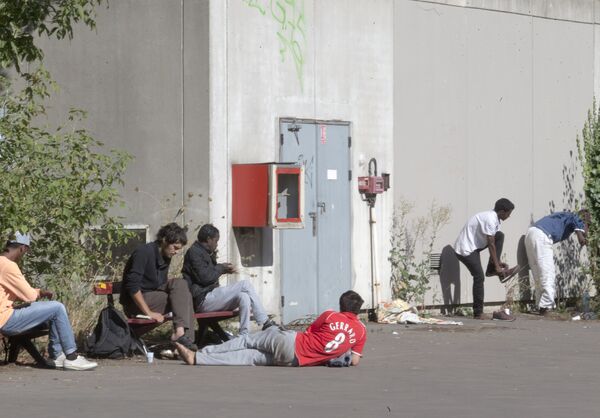
Saint-Denis is said to be the most dangerous suburb in Paris. It was in this area of Paris where three explosions took place near the world-famous football stadium Stade de France. Following the Paris terrorist attacks last November, French Special Forces carried out an anti-terrorist raid that ended in the arrest of Abdelhamid Abaaoud, who was hiding in Saint-Denis.
In 2005, riots erupted in Clichy-sous-Bois following the death of two boys who were trying to escape arrest. Having sparked in Clichy-sous-Bois, the riots then spread across many other French cities.
Berlin
With her migrant-friendly policies, Chancellor Angela Merkel might not be surprised to find that some areas in Berlin are no longer German and some folks out there are not willing to live in accordance with local traditions and law.
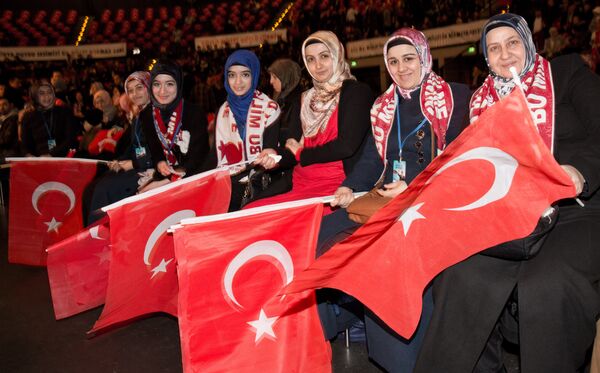
One-seventh of Berlin's population is foreigners. Among all the ethnicities present in Berlin, Turks constitute the largest group. In fact, Berlin has the largest Turkish community in Europe.
Moabit is another district in Berlin that might strike some as quite "un-German." Thousands of refugees from Syria, Iraq and Afghanistan arrived to the district and brought with them their own cultural traditions. The newcomers are given municipal housings. This infuriates some native residents of Moabit, many of whom eventually end up moving away.
This piece was originally written by Ilya Ogandzhanov for RT Russian. The original article has since been deleted.

